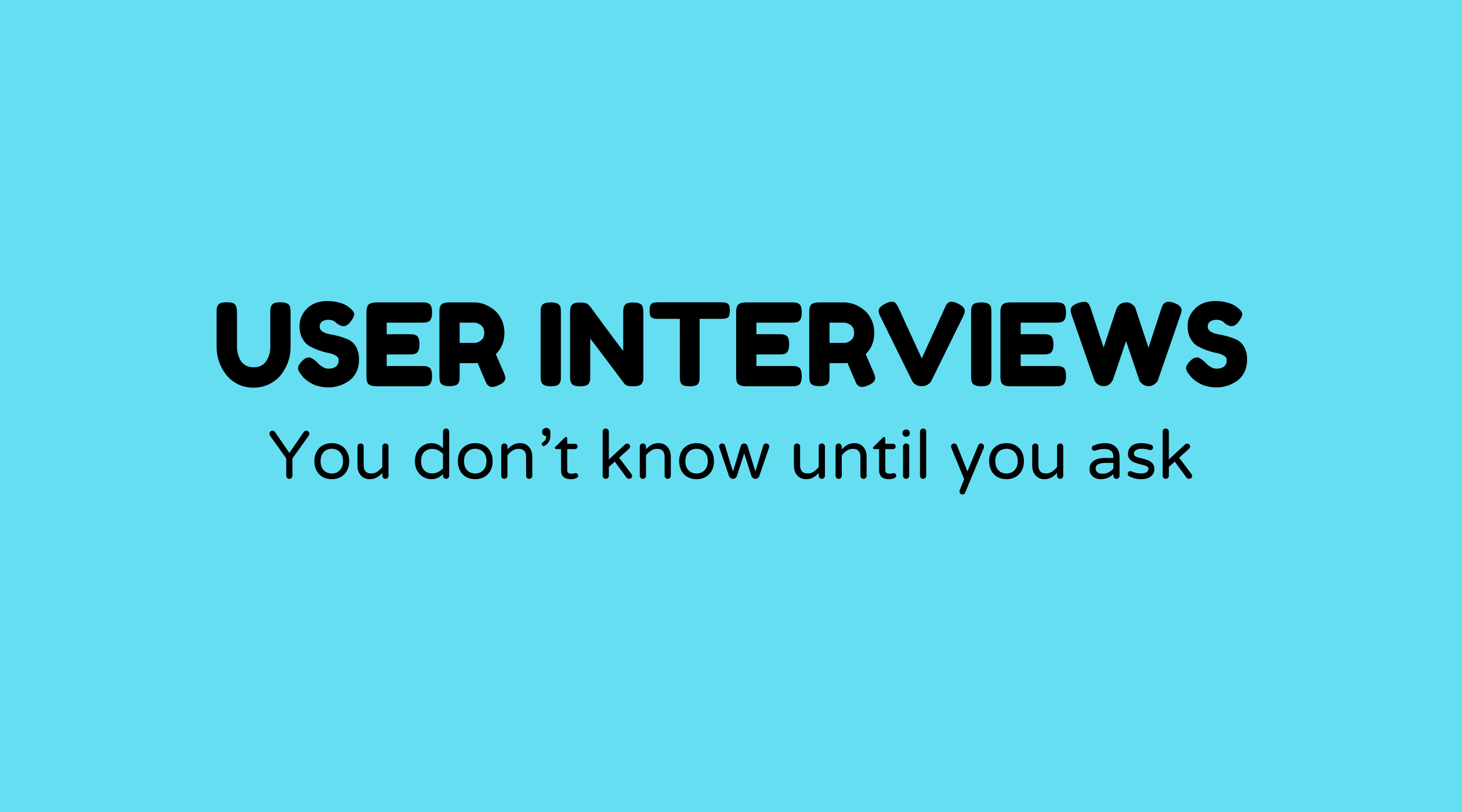User interviews

Overview of User Interviews
When delving into product development, user interviews emerge as an essential tool. They provide a genuine insight into the experiences of actual users, guiding the direction and features of a product. Whether developing a mobile app, web service, or a physical device, grasping user needs is essential.
User interviews reveal perspectives that mere statistics cannot offer. By engaging in conversation, we gain understanding about motivations, behaviors, and challenges users face. The human aspect of interviews enhances their value, and adjusting our approach based on direct feedback ensures our products address real issues.
Why User Interviews Matter
In today's fast-changing landscape, user-focused design is not just a trend—it's a requirement. Without a clear understanding of user desires, products risk fading into obscurity. User interviews close that gap by providing detailed insights into patterns and pain points.
-
Validating Ideas: Prior to dedicating resources to development, talking to users can verify if the concept is worthwhile.
-
Identifying Problems: Many concerns arise only when users articulate their experiences.
-
Enhancing User Experience: Input directly informs usability improvements, leading to more intuitive products.
-
Building Empathy: Listening to real stories cultivates empathy among development teams, aligning their work more closely with user needs.
What are User Interviews
What exactly are user interviews? Fundamentally, these sessions involve structured conversations where a facilitator asks selected users about their experiences, needs, preferences, and challenges. Typically conducted one-on-one, they allow for detailed dialogue without distractions.
While their format can vary, user interviews usually comprise a blend of open-ended and specific questions. The aim is to maintain enough flexibility to explore unanticipated topics, yet focused enough to gather meaningful insights.
Many developers embrace these interviews during the initial stages of user research, as outlined in the internal guide to effective research.
How do You Conduct User Interviews
Successfully conducting user interviews involves preparation, patience, and a bit of creativity. Here’s a breakdown of the process:
-
Define Your Goals
- Clearly identify what you hope to achieve from the interviews. Are you validating an idea or investigating a challenge? This clarity will guide the interview process efficiently.
-
Select Participants
- Choose varied participants who represent your target audience using techniques like user personas. This diversity ensures a broad range of insights.
-
Prepare Your Questions
- Create a flexible script that includes both specific and open-ended questions. This encourages natural conversation and captures a wide array of feedback.
-
Conduct the Interview
- Establish a comfortable setting for participants. Listen attentively, avoid leading questions, and adjust based on the discussion.
-
Analyze the Data
- After the interview, review responses to identify patterns, themes, and actionable insights. It’s about converting qualitative data into guidance for design and development.
-
Implement Feedback
- Integrate the findings directly into your development process. Revise prototypes, modify features, and iterate on designs based on the new insights you've gathered.
Examples of User Interviews
Let's consider a few scenarios where user interviews played an important role:
-
Design of a Health App: By talking to potential users, a development team found that simpler interfaces and customizable reminders greatly enhanced user satisfaction.
-
Redesigning an E-Commerce Site: Through interviews, a company identified navigation challenges and checkout issues, which were quickly addressed to improve user satisfaction.
-
Educational Tools: Teachers interviewed about digital lesson planners expressed a desire for gamification to engage students better, which was subsequently implemented.
FAQs
What questions should I ask in a user interview?
Focus on open-ended questions that explore user experiences, needs, challenges, and preferences.
How long should a user interview be?
Generally, interviews should last between 30 to 60 minutes to maintain participant engagement without causing fatigue.
What's the ideal number of user interviews to conduct?
There isn’t a specific number, but around 5-15 interviews can yield valuable insights and reveal patterns.
**Should user interviews be recorded? **
Yes, with consent. Recording enables accurate data capture and the ability to revisit comments as necessary.
How do user interviews fit into product development timelines?
They're essential in the early phases but can provide valuable feedback continuously throughout the iterative development process.
Can user interviews replace surveys and analytics?
Not exactly. While they are crucial for qualitative insights, they should complement quantitative data tools such as surveys and analytics.
For additional reading, see Nielsen Norman Group's User Interview Guidelines.
In summary, user interviews are a powerful method for understanding and addressing the needs of your audience, offering foundational insights that influence the success of any product.



